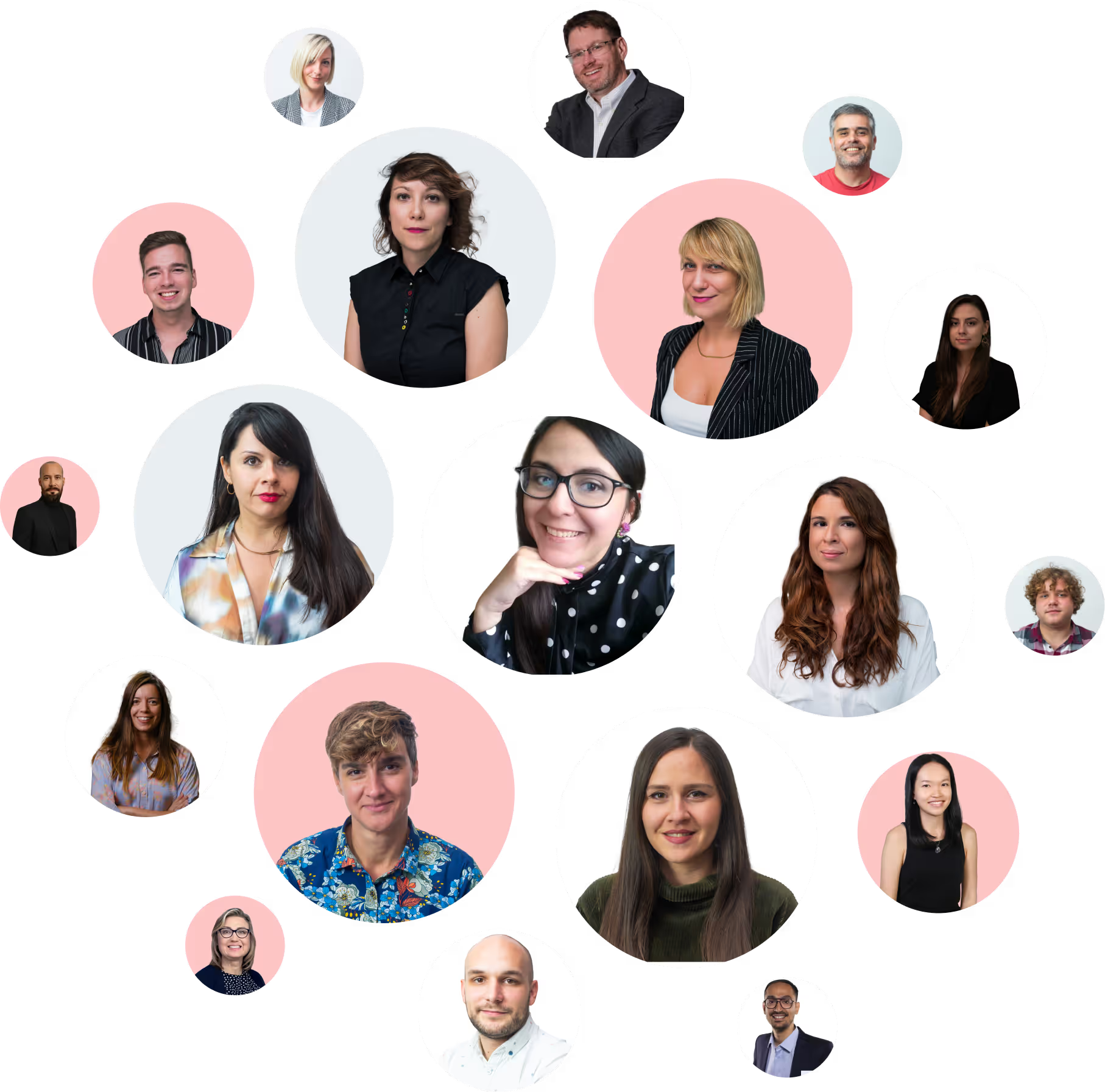.png)
Is your brand already late for the future? How new generations shape the FMCG
Older Gen Z and younger Millennials are reshaping the world, and their consumption and lifestyle choices are clearly reflected in the FMCG industry. Gen Z commands $143 billion in direct spending power, while Millennials control over $2.5 trillion in annual spending in the U.S. alone, according to reports from Business Insider Intelligence, McKinsey & Company, and Deloitte.
For established brands with long-standing traditions, the pressure to innovate while keeping pace with modern demands is immense, especially with the rise of fierce competitors who have little to lose. These brands face challenges like competition from disruptor brands, price sensitivity, and sustainability demands. However, perhaps the most critical challenge from a brand positioning perspective is how to modernize and have a competitive edge while preserving a clear brand identity and authenticity, qualities that are highly valued by younger generations.
.png)
In this article, I will leverage the benefit of objectivity, as I am neither Gen Z nor Millennial, to explore why and how these shifts are happening, their impact on the current FMCG landscape, and how testing can drive faster, more effective innovation.
What socio-economic trends influence the influencers
New generations - older Gen Z’s and Millennials (sorry, Gen Alpha, not talking about you here, yet!) wants and needs have been profoundly shaped by a variety of global socio-economic factors. These are the main ones that are also mutually connected:
Financial (un)stability
Economic trends like the growth of GDP and the persistent threat of inflation have created both optimism and uncertainty for their financial future, making them fold to back to financial security and stability.
These generations work hard for their money and enjoy rewarding themselves with indulgences. However, they seek indulgence and well-being solutions that are cost-effective, practical, and fun, as the cloud of financial insecurity looms constantly over them.
.png)
Era of hyper digitalization
It is an understatement to say that The Millennials/Gen Z transition has been marked by increased demand for digital engagement and personalized experiences. They not only live in an era of massive digitalization, but their user experience actively shapes this process just as much as it shapes them. They expect products—and especially digital services—to be practical and time-efficient.
Social responsibility driven by community and security needs
For new generations sustainability and concerns over climate change are strong, as it has had areal impact on their lives and have driven them to seek eco-friendly and ethically responsible brands. On top of that their sense of social responsibility goes beyond just climate change. They have a strong need for security and community, and they frequently express their political views loudly on social media, influencing each other in the process. In commerce, this translates to new generations overwhelmingly making purchasing decisions based on peer feedback and online reviews.

How new wants and needs shape new innovations
How does all the above reflect on current brands’ offers and innovation?
New generations are increasingly seeking wellbeing solutions, such as natural or herbal products, that offer health benefits like boosting energy, focus, and immunity.
They also demand indulgent products, with premiumization and cross-branding leading to new, luxurious flavors, driven by the mindset of "For me, because I am worth it."
On the convenience side, ease of use through new formats and e-commerce platforms is key, with combinations like "once daily" solutions becoming popular.
Lastly, the emphasis on safety reflects a preference for products free from allergens or harmful ingredients, recyclable packaging, and compliance with dietary restrictions like Halal or Kosher certifications. These insights suggest that successful brands need to cater to evolving demands with personalized, accessible, and safe product offerings.
Here are some interesting and attention-grabbing examples we can learn from in the field of innovation:
Well-being solution

Indulgence

Safety

Convenience

What to do if you are already late for the future?
Engage with market research professionals to gain deep insights into category trends and consumer behavior.
As innovative trends continue to spread across product categories—from wellbeing to indulgence and safety—companies must understand that bringing these innovations to life is often more complex than it seems.
While the potential is vast, concepts like cutting-edge packaging and product innovations carry significant risks, not only in terms of ROI but also in time investment. By testing new concepts in advance, brands can provide more precise and effective briefs to creative agencies, resulting in creative output that’s much more aligned with the vision, with fewer iterations.
.png)
In conclusion, to ensure sustainable growth, brands must rigorously test these innovations before scaling. Leveraging thorough consumer insights and research helps mitigate risk, enabling confident investments that lead to long-term success rather than short-term wins or costly missteps.
Eager to learn more about testing innovation? Read about Early Quant Screening Research for a Winning Edge.










